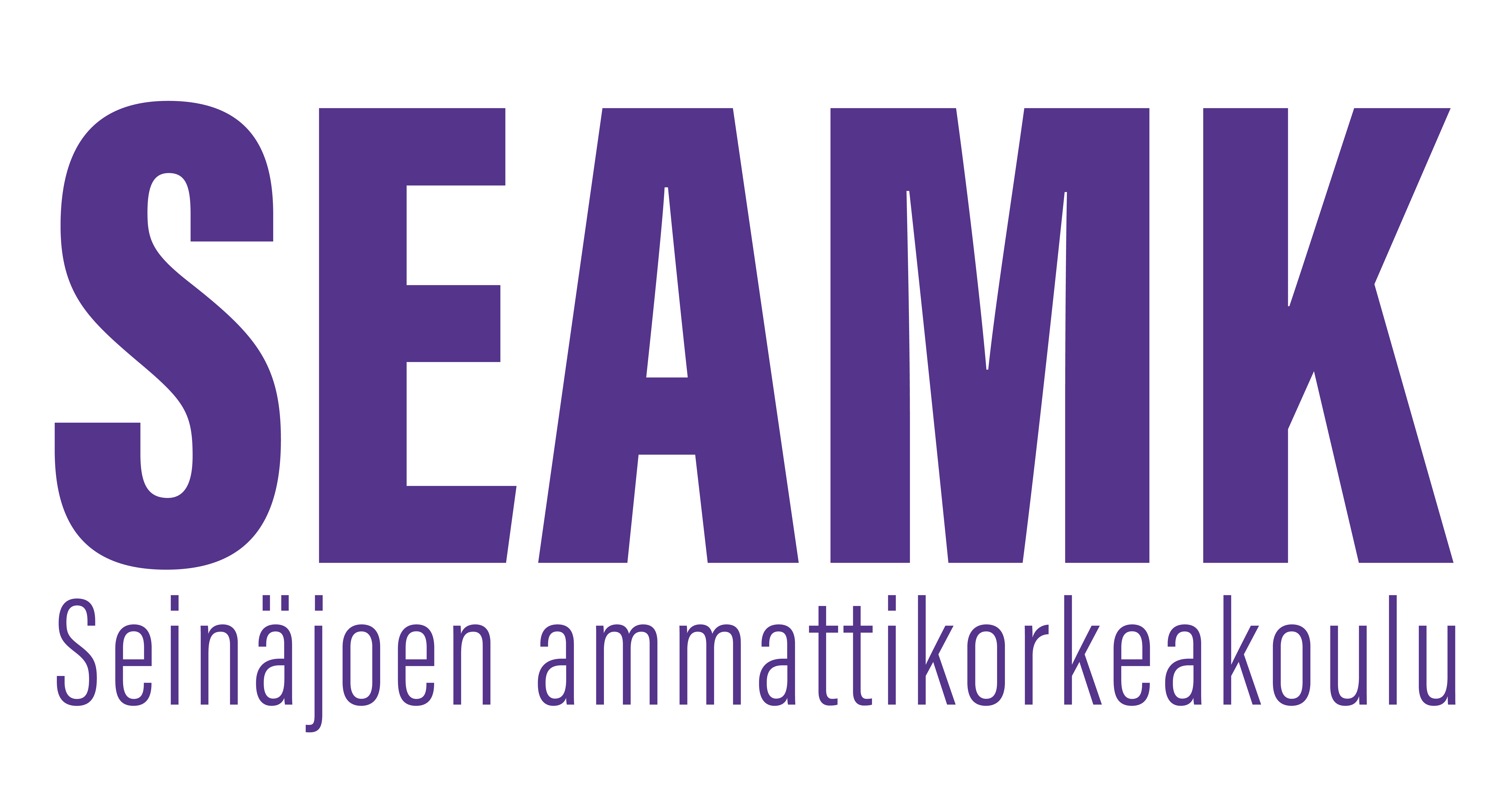Professional Studies in Technology
- Laajuus
- 69 op
Professional Studies in Technology
Opetussuunitelman tunnus
(IEPIP25)
Ajoitus ja rakenne:
Professional Studies in Technology
Opetussuunitelman tunnus
(IEPIP24)
Ajoitus ja rakenne:
Professional Studies in Technology
Opetussuunitelman tunnus
(IEPIP23)
Ajoitus ja rakenne:
International professional studies
Opetussuunitelman tunnus
(IEPIP22)
Ajoitus ja rakenne:
